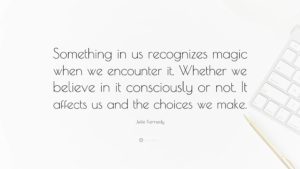How traditional publishing deadlines work – and how I’m balancing one of mine with a self-published project. Also, homonyms and how you really need a human being to catch those errors for you.

RITA ® Award-Winning Author of Fantasy Romance
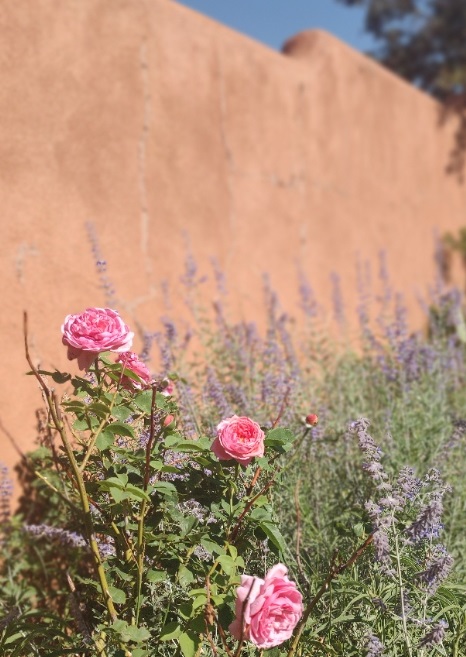
How traditional publishing deadlines work – and how I’m balancing one of mine with a self-published project. Also, homonyms and how you really need a human being to catch those errors for you.

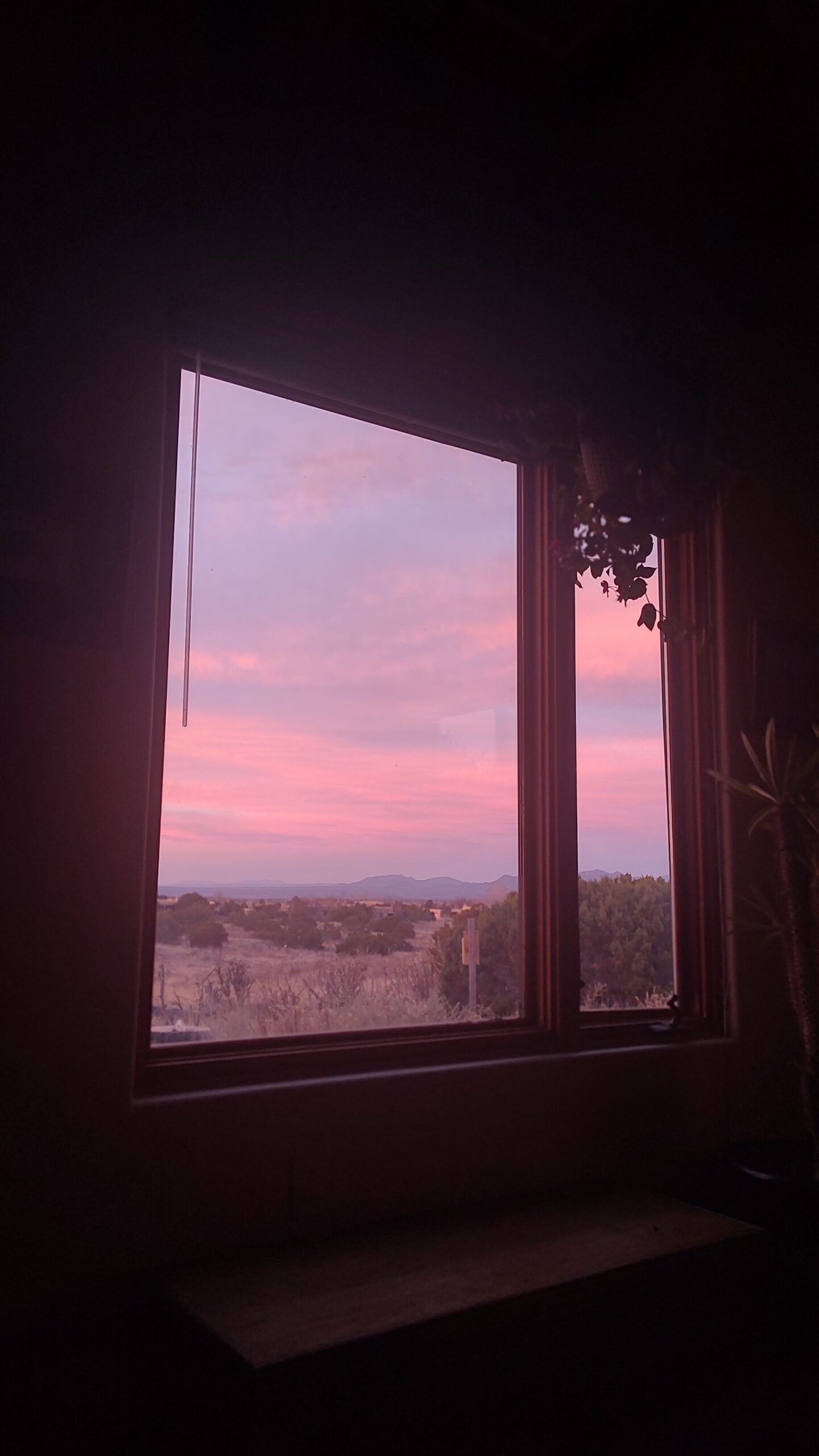
Advice on how to understand and become a part of the writing and publishing ecosystem, including how to know who’s giving good advice and a bit on understanding traditional publishing and the associated math.


A historical perspective today on the LKH bruhaha this week regarding self-publishing, including Gen X cane-shaking, salacious gossip, and insight into how profoundly the publishing landscape has changed in 30 years.

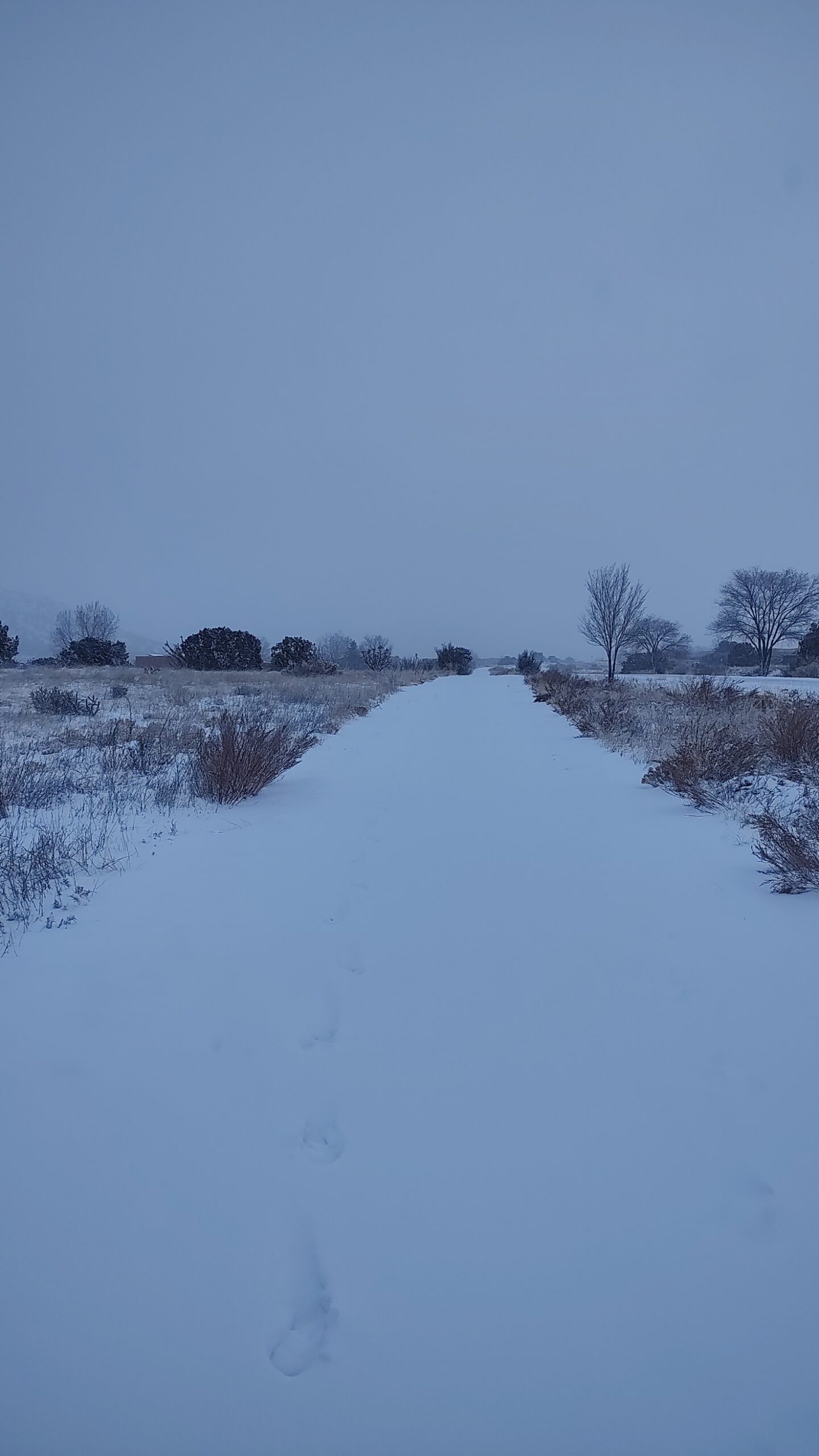
On beauty standards, vanity, aging, skin-care, Botox, and choosing your author brand. I promise they’re related! Also Indie authors going to Traditional Publishing and the pitfalls, and a cool data point on series drop-off.

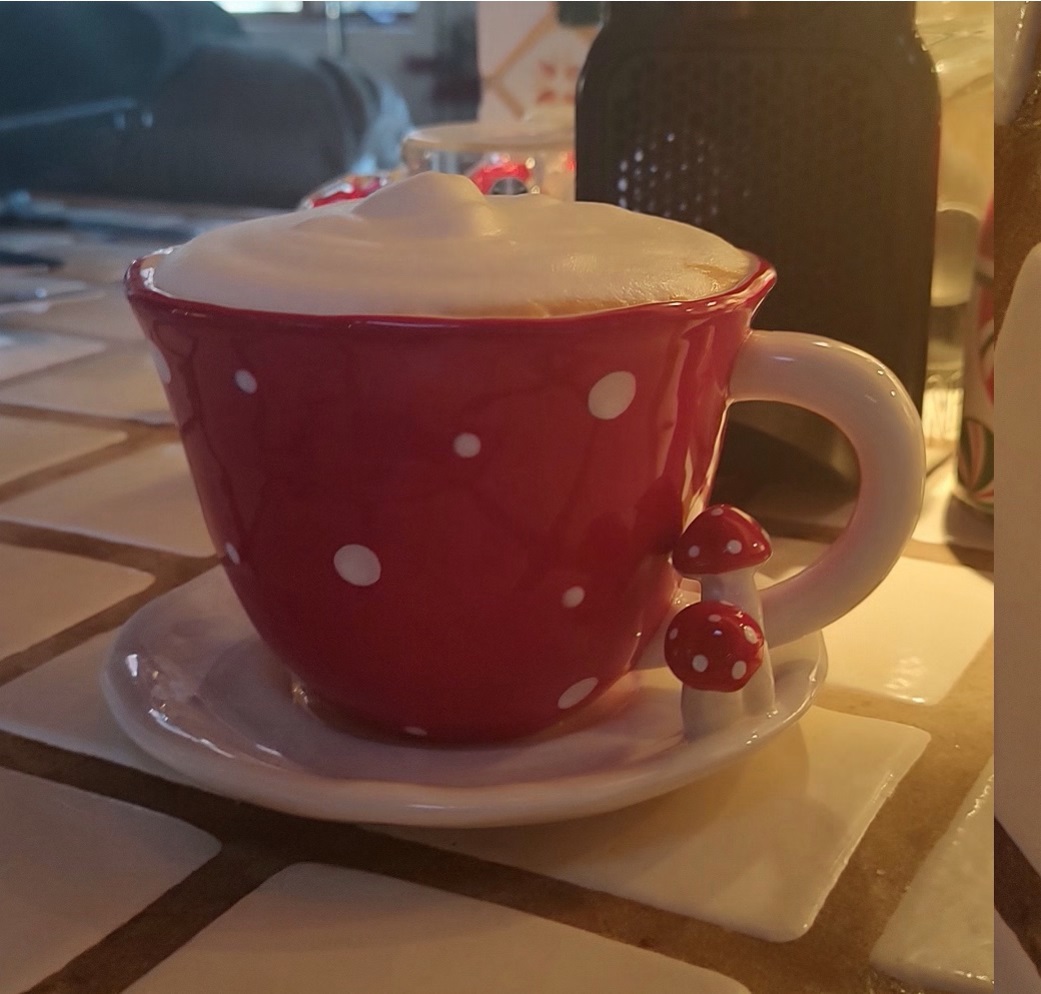
Happy New Year! I’m back from an (almost) unprecedented two-week break, talking about working smarter not harder really panned out in 2023 and a deep dive into author finances as a full-time writer.

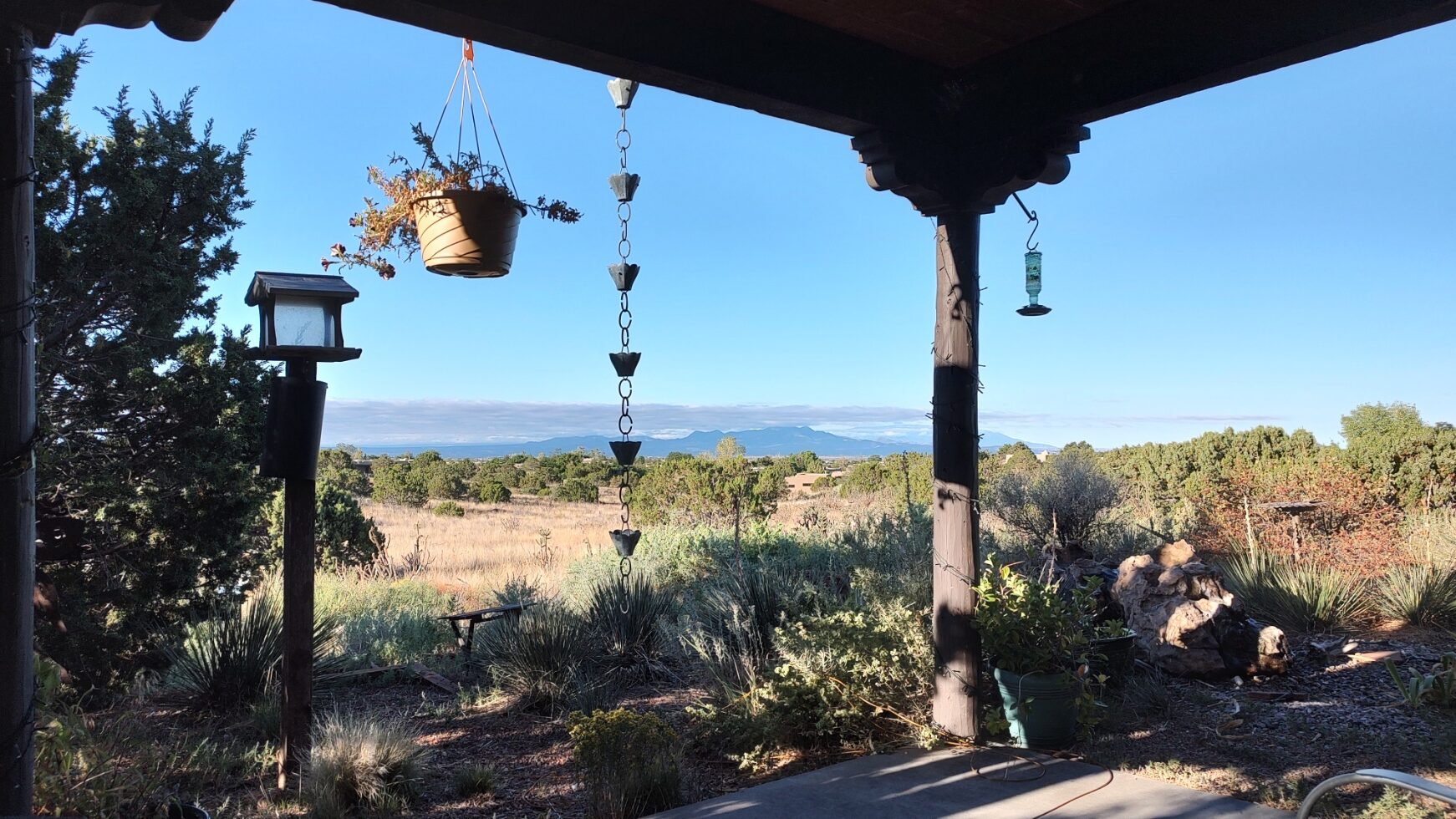
I’m talking about author finances today and the challenge of a variable income – particularly if you don’t have a salaried spouse – and how that works out for predicting taxes. Also why I don’t think advertising is the be all and end all for Indies.

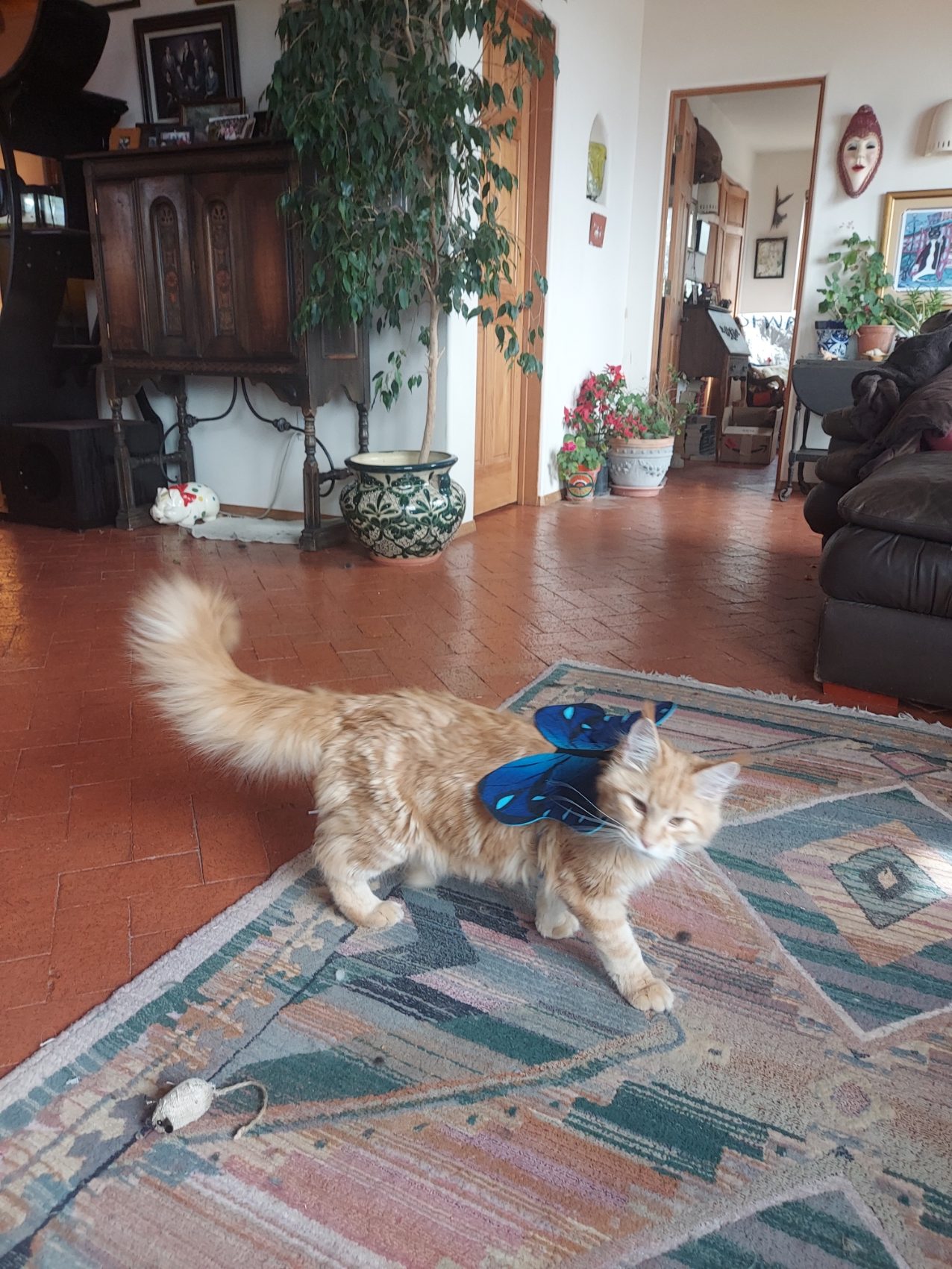

Last night, SFWA did the big online show to announce our Nebula finalists. Killian got to play a special role in a guest appearance as a catterfly, a denizen of Planet Friend. Isn’t he adorable?
But catterflys aren’t our topic at the SFF Seven this week. Pity. Instead, we’re discussing blurbs and how to write better ones.
Now, there’s some confusion out there about exactly what a “blurb” is. In traditional publishing, a blurb is what one author says about another. Along the lines of “Golly gee whiz, this book was better than espresso brownies!” In indie circles, self-published authors tend to call the book description a blurb, whereas the trad community refers to it as the back cover copy or BCC.
Taking my cue from KAK yesterday, I’m going with the BCC definition. Except there’s no freaking way I’m going to write that before I write the book. My writer brain doesn’t work that way. However, I can give advice on how to write your BCC.
The Basics
The BCC structure is very simple and looks like this for a book with romance:
Paragraph 1: What the protagonist wants, why they want it, and why they can’t have it. Should include both external and internal conflicts, if present.
Paragraph 2: What the other protagonist wants, why they want it, and why they can’t have it. Should include both external and internal conflicts, if present.
Paragraph 3: How these two intersect, make each other’s lives more difficult, and present a threat to them ever getting what they want.
Boom. Done.
Level Up
Once you have the basic stuff in there – and I just sketch it in to get the structure and dynamics – then I polish it up. Remember: while you want to give a sense of the story to the reader, you also want to entice. Exact details are less important than posing intriguing questions. Hint at secrets and drama. Resist naming too many names or places. Those aren’t important at this stage. A sense of who the characters are and the challenges they face are what matter. Make sure the genre is clear. Choose vivid, active words. Make it sizzle and excite!
Advanced Tricks
Once you have it polished and seductive, see if you can slip in some keywords for the genre. Think what readers might search for. References tropes. (Then go back and polish so it sounds good.)

A bit more on how I’ve increased my author income stream over the last 7 seven years so that I can make my living as a writer, my strategies, why a robust backlist is key, and how I’m refining my approach for 2023.
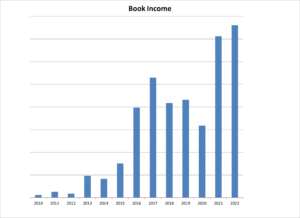

I’m reviewing my author earnings for 2022 as compared to prior years, talking trad vs. indie income and how a robust backlist is key to earning a living as a write. Also some distressing news about Robin Perini.
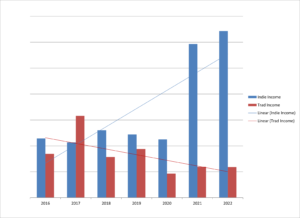
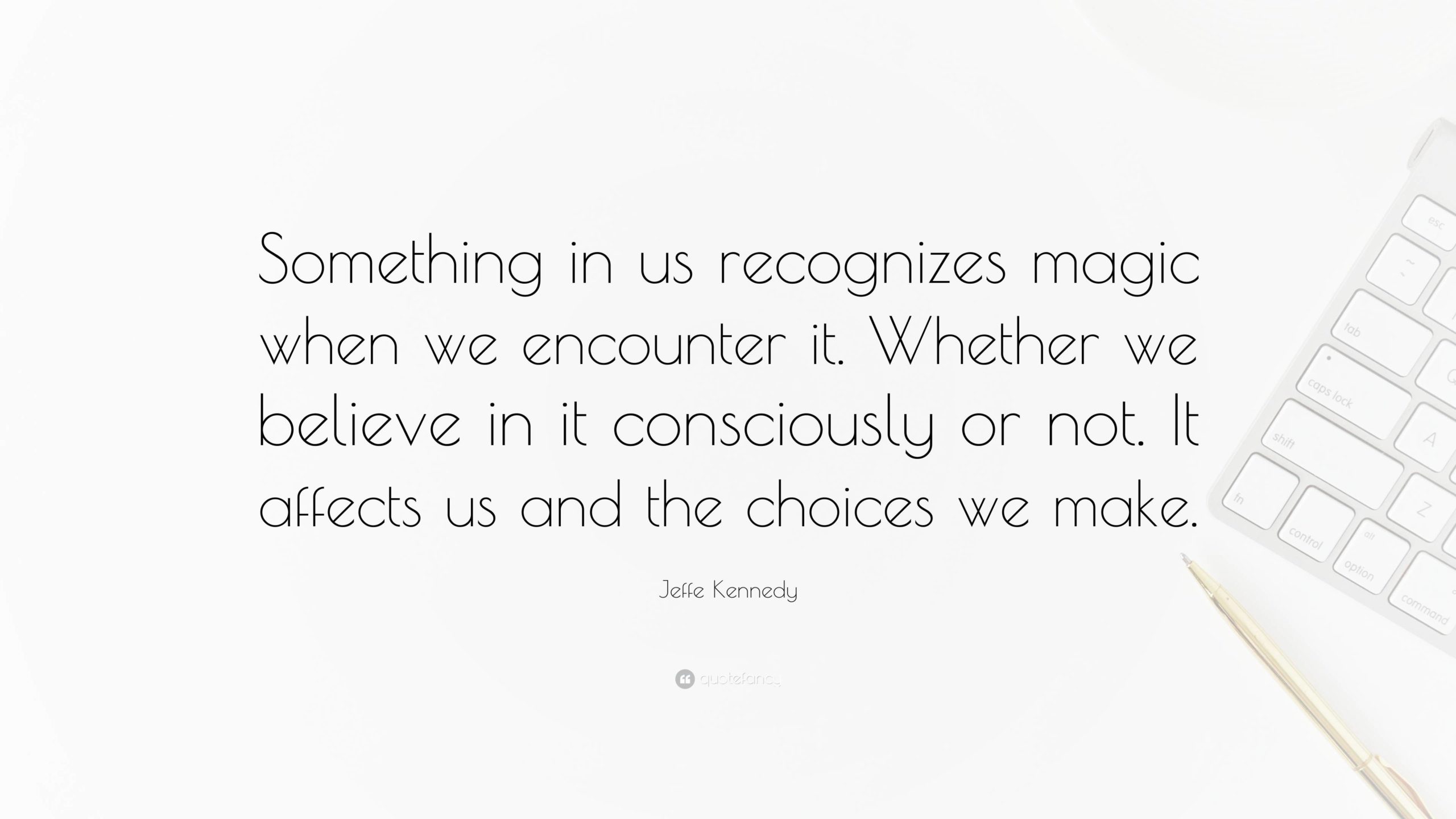
Marketing vs. promo, what traditional publishing brings to the table (and some examples of big fails), why all authors-regardless of publishing path-should learn promo, AND crunch their sales figures. This means learning to read royalty statements!
